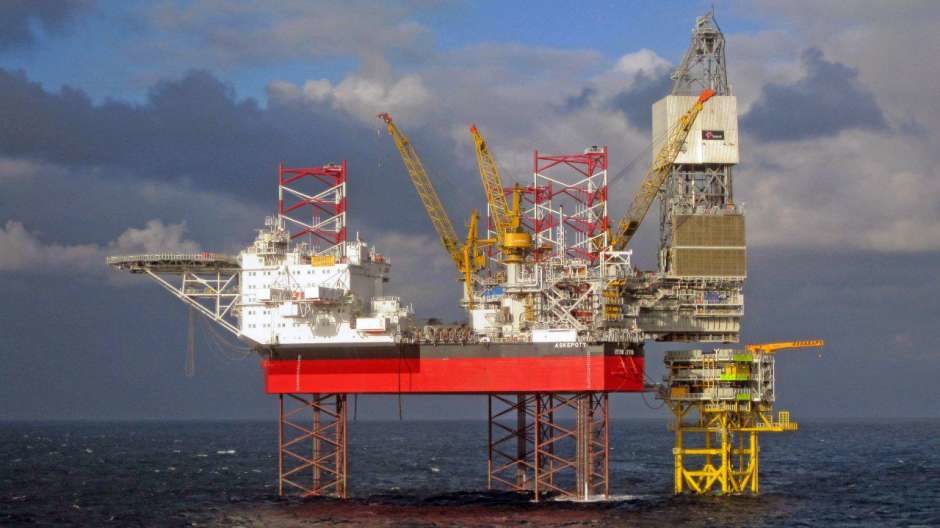
A successful test in the North Sea aboard a drilling platform named after a fairy tale princess promises to reduce the number of people needed on offshore rigs and shift those jobs to control centers onshore.
Houston oilfield service company Baker Hughes and the Norwegian energy company Equinor successfully tested automated and remote-controlled systems that were recently installed aboard the Askepott, an offshore drilling rig named after the Norwegian version of the fairy tale princess Cinderella.
Working under a contract awarded by Equinor last year, Baker Hughes teamed up with Scottish offshore rig maker KCA Deutag to install systems that would allow the Houston oilfield service company to cut their staff aboard offshore rigs by more than half.
Tasks such as cementing, fluid engineering and directional drilling can now be performed remotely by an operator working out of a control center miles away in the coastal city of Tananger. Connected to Askepott by an underwater fiber optic cable, Baker Hughes staff have performed their first cementing jobs via remote control on a pair of oil wells in the North Sea’s Oseberg field.
Chris Jones, Baker Hughes’ vice president of oilfield services for Europe, said the new technology won’t cut jobs, but rather shift them to onshore, where other high-tech skills will be prized.
“As we in the industry and Norway attract new talent, these new roles in a plug-and-play control center with multiple screens in a location that doesn’t require travel to a cold and windy oil rig is a lot more attractive to the next generation of talent we are seeking to engage in the industry,” Jones said. “These roles are much more modern. They fit the new way of working much better, the new way people want to work.”
Looking to reduce the number of people traveling via helicopter to offshore rigs in the icy and tempestuous waters of the North Sea, Equinor issued contracts last year asking Baker Hughes and other oilfield service companies to develop technology to automate and preform tasks remotely.
Baker Hughes finished modifying the offshore rig in September. The Askepott — a jack up rig that uses legs to elevate itself above the water — was deployed in 350-foot deep waters off the Norwegian coast where it has drilled at least two oil wells.
Erik Kirkemo, Equinor’ senior vice president of drilling and wells, said that the company is looking to deploy similar technology on rigs elsewhere in the North Sea.
“This is an important milestone on our journey to utilize digital technology and automation technology to ensure safe and profitable operations going forward for many decades here on the Norwegian Continental Shelf,” Kirkemo said. “This is also an important milestone for our industry because we are changing the way that we work.”
An offshore drilling rig can typically have more than a 100 people from several different companies aboard.
Baker Hughes went from a crew of 12 board the Askepott to five people. The other seven crew members did not lose their jobs. Instead, they worked out of the Tananger control center doing their old jobs by remote control. Jones believes that the concept and technology can be deployed by Baker Hughes around the world.
“I truly believe this will transform the way we work,” Jones said. “It’s not a matter of if but when.”
This article first appeared on the Houston Chronicle – an Energy Voice content partner. For more from the Houston Chronicle click here.